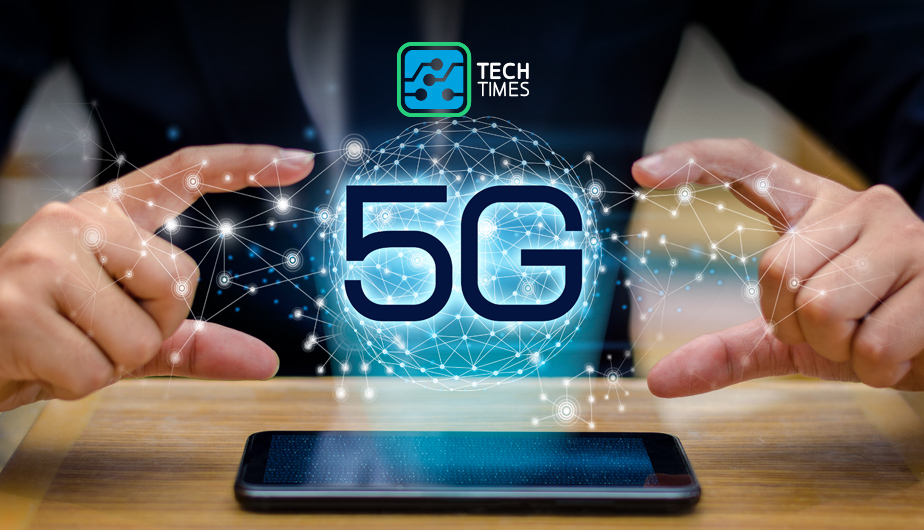
Picture this. You’re sitting at a red light. It turns green. Just as you go to take your foot off the brake and accelerate, your car automatically senses another vehicle approaching the intersection at a high rate of speed. In response, your car applies the brakes for you, preventing you from colliding with the other car as it barrels through the red light.
How could your vehicle have known? Was it sensors or cameras? No. It was a wireless technology known as 5G. By communicating with the other vehicle using this advanced technology, your car could tell the speed, the direction of travel and whether the driver was applying the brakes. In short, thanks to the power of 5G, your vehicle could have very well saved your life.
This is, of course, just one of countless scenarios in which the next generation of wireless networks may infiltrate our lives. For now, however, there seem to be more questions than answers. Most folks are wondering what this technology is, as well as if, when and how it’ll actually become a reality. If you’re among them, this blog post is for you. Read on to learn more.
What is 5G?
The term 5G stands for the “fifth generation” of wireless network technology. Currently, the high speeds with which we access the internet on our wireless devices, like our smartphones, are powered by 4G technology. In comparison, 4G delivers a maximum speed of about 16.9 megabits per second (Mbps). If predictions are correct, 5G will deliver speeds into the Gigabits.
But speed is really just the tip of the iceberg. The 5G standard (also called 5G NR) will also involve a shift in the number of cell sites required as well as how many devices are able to connect to a cell site. For example, today’s networks utilize 200-foot towers that provide signal to large areas of coverage. 5G will require many more cell sites, each of which will cover a smaller radius. 5G sites will also be capable of connecting several times as many devices to the network at once. This is imperative given the growing number of devices that will be leveraging these networks (i.e. sensors, vehicles, etc.).
Finally, 5G technology promises to lower latency. In other words, it will reduce the amount of time it takes for the network to respond to requests. Currently, latency sits at about 9 milliseconds, whereas with 5G, that number is expected to drop to a mere 1ms. This feature is particularly important in regards to vehicle applications, such as the scenario described above. For a vehicle that is traveling at 65 mph, the difference between 9ms and 1ms could literally mean the difference between life and death..
When will 5G be available?
5G-enabled phones are expected to come out sometime this year. That being said, broad-scale 5G technology will likely take many more years before it can come to fruition. This is due to the aforementioned need to expand and grow the network cell sites. Millions of new antennas will be needed worldwide, and that type of connectivity takes time and a whole lot of money.
Once rolled out, however, the convergence of advanced technologies, such as 5G, AI and IoT, has the potential to create a complex, seamlessly connected world that will transform the way we live our lives. For now, we’ll just have to keep pumping our own brakes in traffic as we stay tuned.